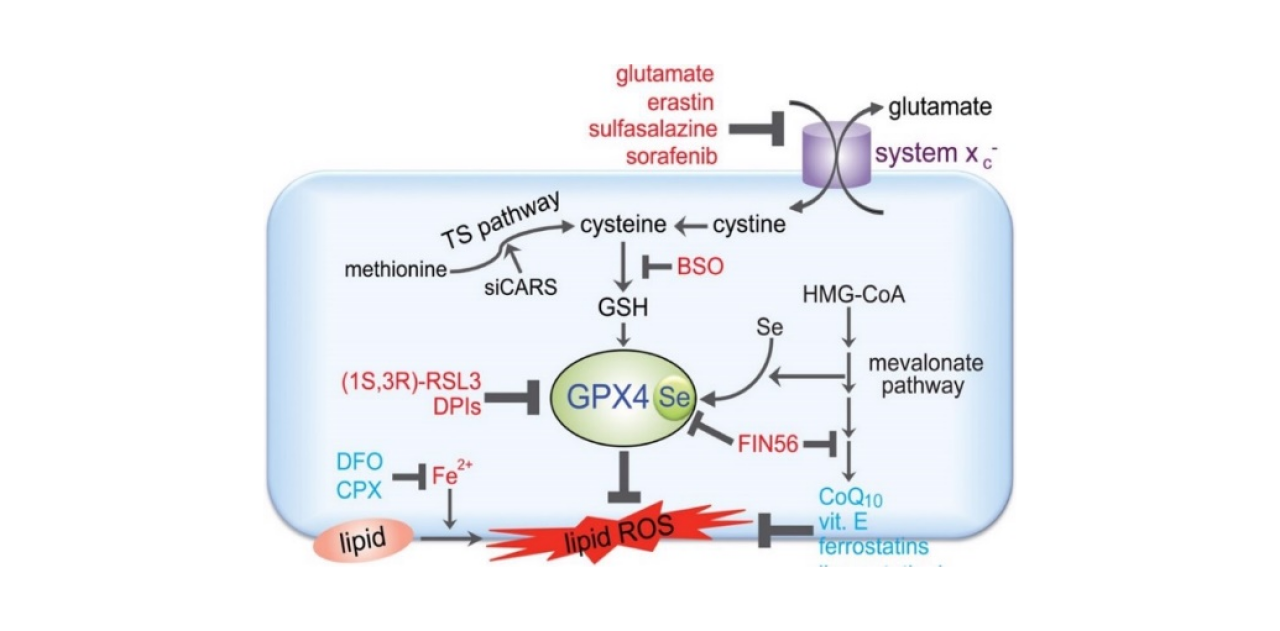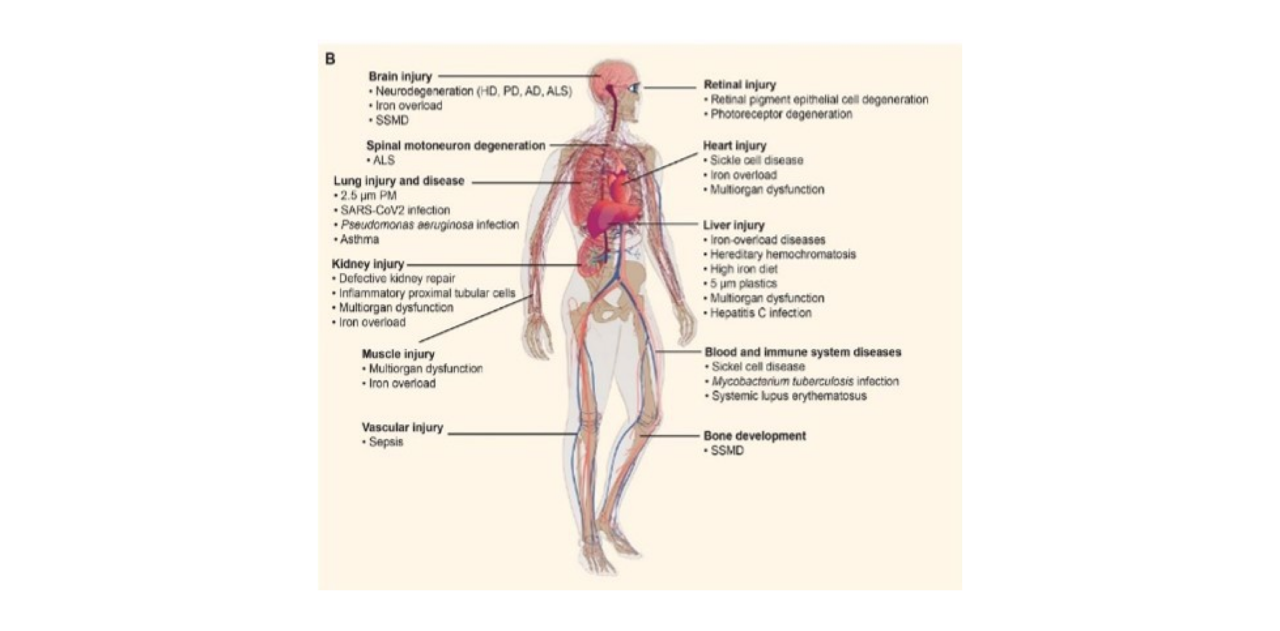 Your shopping cart is currently empty
Your shopping cart is currently empty
Article | 05 Jan 2024
WIKIMOLE—RSL3 & Erastin
By TargetMol
RSL3 T3646
RSL3, also known as RSL3 1S or 1S,3R-RSL3, is an inhibitor of glutathione peroxidase 4 (GPX4). It can inhibit and block the cystine/glutamate amino acid transport system which disrupts GSH synthesis. It is an activator of ferroptosis.

Erastin T1765
Erastin, is an activator of ferroptosis that inhibits the cystine/glutamate reverse transporter protein (System Xc-) on the cell surface, leading to the inactivation of GPX4 and ferroptosis. This product is unstable in solution and is recommended for immediate preparation and use.

Mechanism of Action
Ferroptosis is a type of programmed cell death different from apoptosis and necrotic cell death. Actually, ferroptosis is characterized by the depletion of glutathione (GSH), a reduction in the activity of glutathione peroxidase 4 (GPX4), and the iron-dependent accumulation of reactive oxygen species (ROS) and lipid ROS.
Ferroptosis can be triggered by various small molecules, including RSL3 and Erastin, which directly inhibit the cystine/glutamate reverse transporter protein (System Xc-) on the cell surface and GPX4. The cystine/glutamate reverse transporter protein is a heterodimer on the cell membrane responsible for the intracellular and extracellular transport of cystine and glutamate. It facilitates a 1:1 exchange of cystine and glutamate in and out of the cell. Absorbed cystine is reduced to cysteine within the cell, and cysteine, along with glutamate, is utilized in the biosynthesis of reduced glutathione (GSH). GSH, under the action of GPX4, reduces lipid hydroperoxides to lipid alcohols, thereby reducing ROS. Inhibiting the activity of System Xc- can affect GSH synthesis, leading to reduced GPX4 activity, diminished cellular antioxidant capacity, accumulation of lipid ROS, and ultimately resulting in oxidative damage and ferroptosis.

Biological Applications
RSL3 and Erastin, as activators of ferroptosis, can induce cellular ferroptosis. Ferroptosis can be employed to eliminate problematic cell types, such as cancer cells, inflammatory cells, or activated fibroblasts. Abundant research indicates that ferroptosis plays a crucial role in various conditions such as tumor suppression, immunity, neurodegenerative diseases, tissue and organ damage, inflammatory and infectious diseases. Scientists widely believe that targeting ferroptosis holds the potential to advance the development and clinical translation of therapies based on ferroptosis.

Reference
[1] Yang WS, Stockwell BR. Ferroptosis: Death by Lipid Peroxidation. Trends Cell Biol. 2016;26(3):165-176. doi:10.1016/j.tcb.2015.10.014.
[2] Stockwell BR. Ferroptosis turns 10: Emerging mechanisms, physiological functions, and therapeutic applications. Cell. 2022;185(14):2401-2421. doi:10.1016/j.cell.2022.06.003
[3] Sui X, Zhang R, Liu S, et al. RSL3 Drives Ferroptosis Through GPX4 Inactivation and ROS Production in Colorectal Cancer. Front Pharmacol. 2018;9:1371. Published 2018 Nov 22. doi:10.3389/fphar.2018.01371
[4] Yang Y, Luo M, Zhang K, et al. Nedd4 ubiquitylates VDAC2/3 to suppress erastin-induced ferroptosis in melanoma. Nat Commun. 2020;11(1):433. Published 2020 Jan 23. doi:10.1038/s41467-020-14324-x
[5] Shintoku R, Takigawa Y, Yamada K, et al. Lipoxygenase-mediated generation of lipid peroxides enhances ferroptosis induced by erastin and RSL3. Cancer Sci. 2017;108(11):2187-2194. doi:10.1111/cas.13380
Other Articles


Subscription to TargetMol News
An essential round-up of science news, opinion and analysis, delivered to your inbox every weekday.

Copyright © 2015-2025 TargetMol Chemicals Inc. All Rights Reserved.























